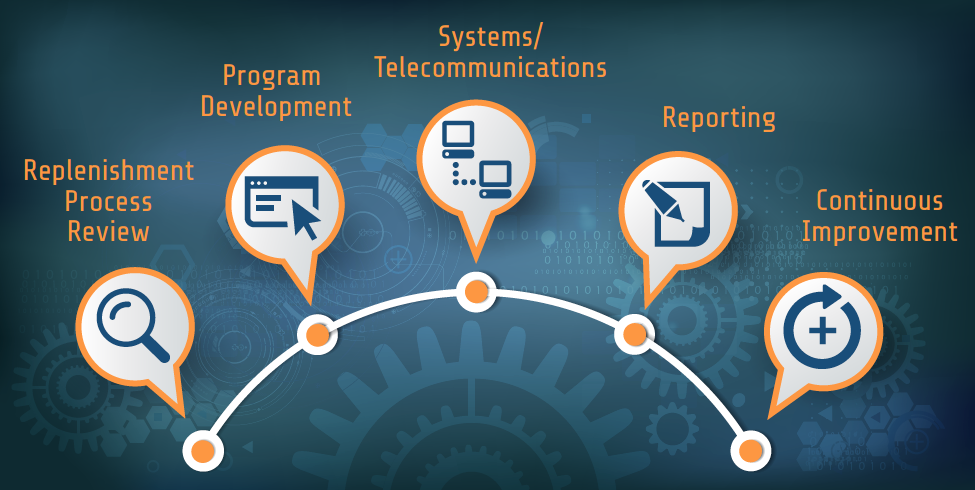There are a number of very real threats to every company’s supply chain, like a natural disaster, a major facility accident, and even an intentional subversive act. The likelihood of any of these types of incidents occurring increases for companies with extended global supply chains, short product lifecycles, and unpredictable markets. Today, the number and types of threats that can undermine a supply chain are greater than ever, and the reason redundancy has taken on even more importance in supply chain management.
Of course, there’s no way to prevent disruptive or catastrophic events from occurring, but a company can take smart steps to prepare for and deal with them – and, in the process, ensure business continuity. When it comes to the supply chain, the best way to ensure your company’s ability to quickly get back up and running is to institute redundancies in the supply chain.












